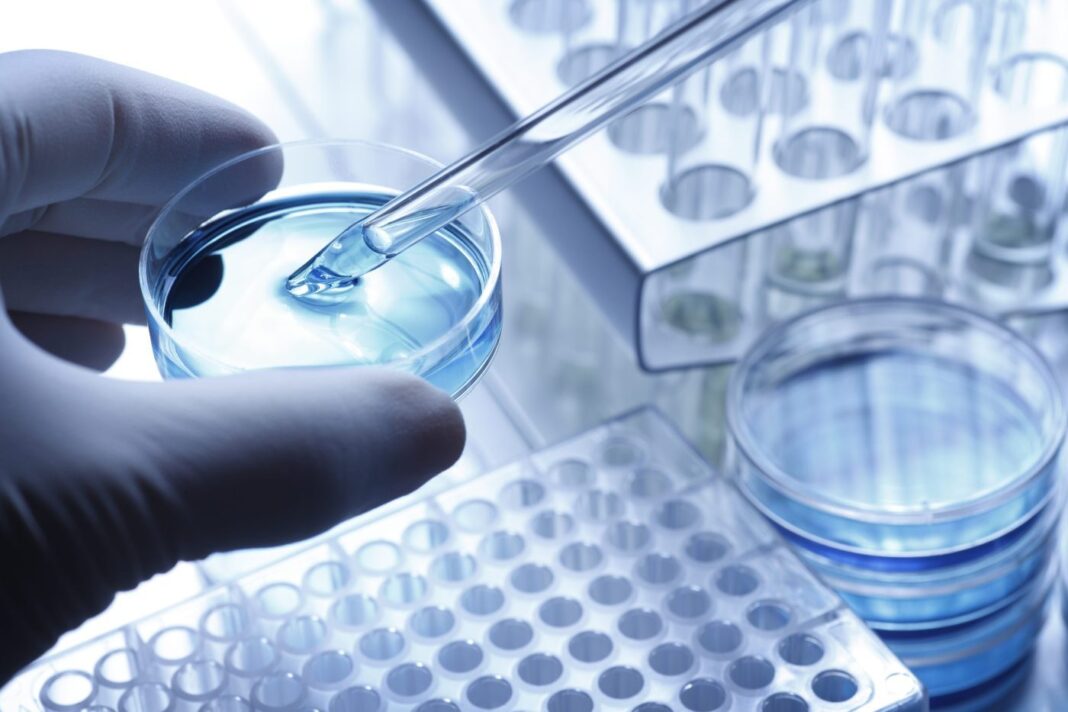Researchers from the Karolinska Institute in Sweden published a paper that shows how certain RNA molecules control the repair of damaged DNA in cancer cells. The team, whose study (“Small Cajal body-associated RNA 2 (scaRNA2) regulates DNA repair pathway choice by inhibiting DNA-PK” ) appears in Nature Communications, believes their discovery could eventually give rise to better cancer treatments.
“Evidence that long non-coding RNAs (lncRNAs) participate in DNA repair is accumulating; however, whether they can control DNA repair pathway choice is unknown,” write the investigators.
“Here we show that the small Cajal body-specific RNA 2 (scaRNA2) can promote HR by inhibiting DNA-dependent protein kinase (DNA-PK) and, thereby, NHEJ. By binding to the catalytic subunit of DNA-PK (DNA-PKcs), scaRNA2 weakens its interaction with the Ku70/80 subunits, as well as with the LINP1 lncRNA, thereby preventing catalytic activation of the enzyme.
“Inhibition of DNA-PK by scaRNA2 stimulates DNA end resection by the MRN/CtIP complex, activation of ATM at DNA lesions and subsequent repair by HR. ScaRNA2 is regulated in turn by WRAP53β, which binds this RNA, sequestering it away from DNA-PKcs and allowing NHEJ to proceed.
“These findings reveal that RNA-dependent control of DNA-PK catalytic activity is involved in regulating whether the cell utilizes NHEJ or HR.”
It was long assumed that RNA molecules only participated in protein synthesis, according to scientists in the department of cell and molecular biology and the department of biosciences and nutrition at Karolinska Institute. New research demonstrates, however, that RNA molecules have a much broader function and can play a key role in the development of disease.
One such disease in cancer, where damage to cells’ DNA can be a contributing factor. DNA damage occurs and is repaired continuously, but in some cases, it can lead to carcinogenic mutations in the genome. A fundamental understanding of how our cells repair DNA is key to the design of new treatments.
In the current study, the researchers examined how certain RNA molecules affected the ability of the cancer cells to repair radiation-damaged or broken DNA strings. They discovered that two molecule types–small Cajal body-specific RNA 2 (scaRNA2) and WRAP53–interacted to regulate the enzyme DNA-dependent protein kinase (DNA-PK), which in turn affected the DNA-repair mechanisms.
Works like an “on-off” button
“Our findings show that some RNA can bind to an enzyme that repairs damaged DNA and operate like an ‘on-off’ button for this enzyme, thereby controlling DNA repair,” says Marianne Farnebo, PhD, the study’s corresponding author. “We’ve also discovered that altered levels of such RNA leads to faulty DNA repair in cancer cells.”
The researchers hope that the results can enhance understanding of the part played by RNA in DNA repair and cancer.
“This can open up new approaches to the treatment of cancer, such as using synthetic RNA molecules to stimulate cell death in cancer cells,” adds Farnebo.


